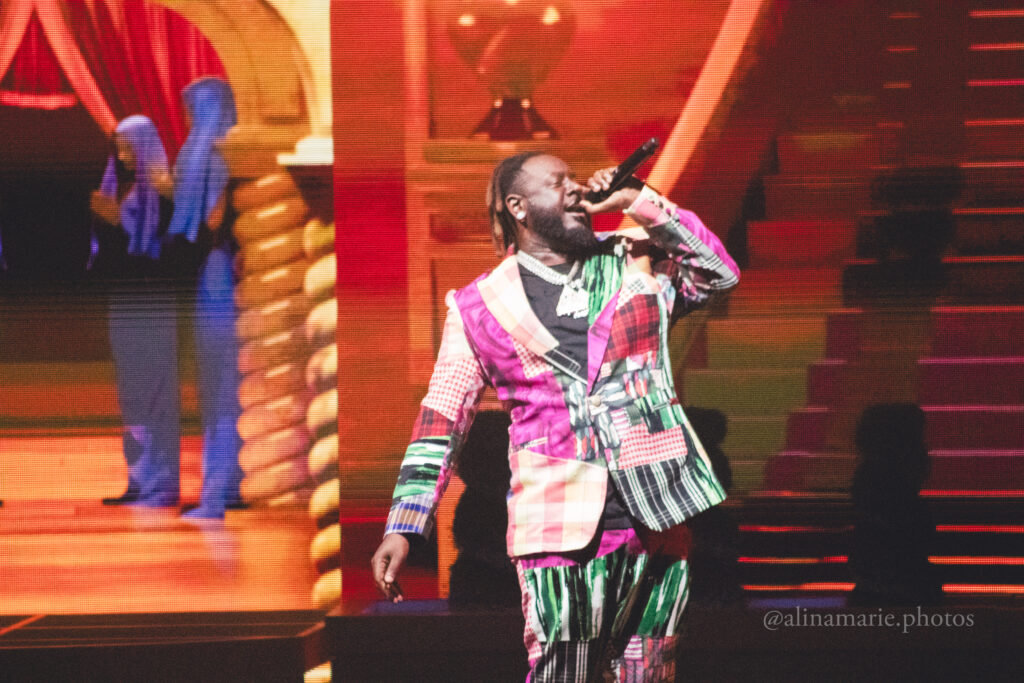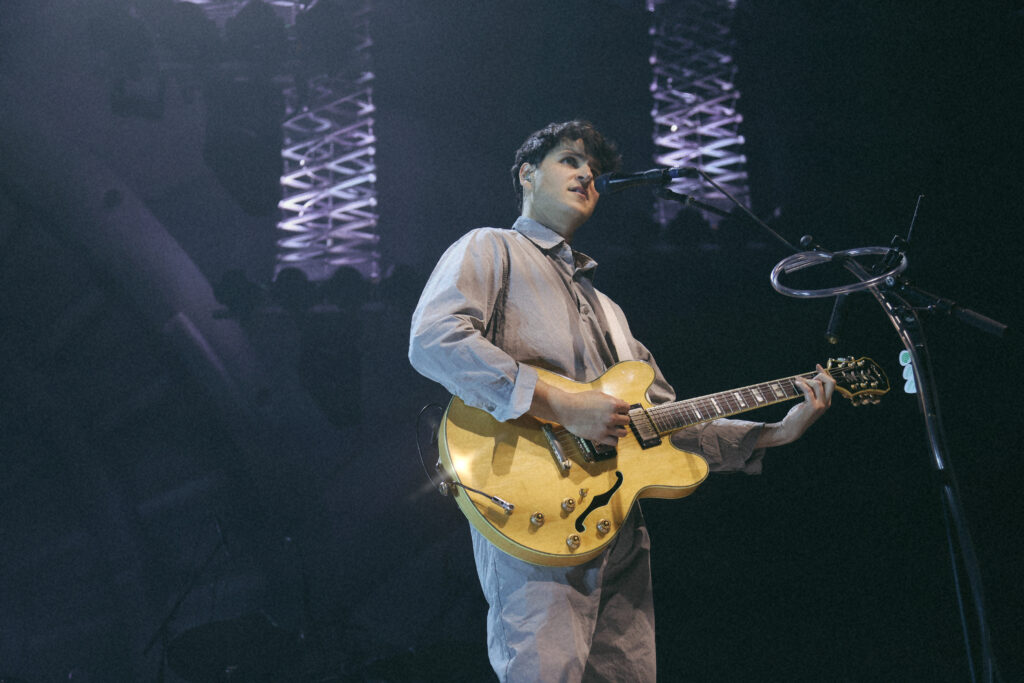Uncovering Bachata: From Obscurity To Global Recognition
Written by Audrey Marston on June 14, 2024

Like any Hispanic kid growing up in the early 2000s, my childhood was filled with the sounds of Latin music. On the radio, while my mom drove me to school (shoutout Mega 101.1!!!), early on Sunday mornings, at weddings, at quinces, and just about any other time, Latin music was an integral part of the soundtrack of my childhood.
Also like any other Hispanic kid growing up in the early 2000’s, my mom played a lot of bachata. And by a lot, I mean a LOT. When I mentioned to my mom that I was writing about bachata for this article, she said, “You know I love to dance to bachata, right?”, to which I could only reply, “Oh, I KNOW….”, while reminiscing on the hundreds of car rides to school where my mom would blast Prince Royce while I was half asleep in the backseat.
While studying for finals- and admittedly feeling a bit homesick- I decided to put some bachata on, only to fall down a rabbit hole. Starting on a Wikipedia page (as one always does), I soon learned that there was so much more to bachata than I knew.
While I grew up in an era where bachata was widely respected and appreciated, I learned that that was not always the case. As I scanned page after page, I read of bachata’s beginnings in a dictatorial regime, working class suppression, and the resilience of bachata artists to create what is now known as one of the top Latin genres worldwide.
Bachata’s Rural Beginnings
For those who don’t know, the bachata music genre and dance originated in the Dominican Republic in the 1950s. Created by lower-class rural Dominicans, bachata was often played at small businesses, clubs, brothels, and parties in poorer rural towns in the Dominican Republic. Bachata artists were very DIY during this era, often writing and promoting their music without record label involvement.
However, because of its origins, bachata was seen as controversial and heavily stigmatized by both the Dominican government and middle and upper-class Dominicans. Classism and racism played heavily into the stigmatization of bachata music during this time. Consisting of a mix of Spanish, indigenous Taino, and African instruments and rhythms, bachata was frowned upon by those who did not want to create space for black and indigenous music and artists in the Dominican Republic.
Aside from who was making bachata, the genre was also further frowned upon for its subject matter. Originally referred to as “la musica de amargue” (which translates to ‘bitter music’ in English), bachata was viewed as too sad and racy, as lyrics often depicting heartbreak and general despair were thought of by middle and upper-class Dominicans to be synonymous with poverty, delinquency, lack of education, and prostitution.

The oppression of bachata and bachata artists was furthered by the government of the time. Dominican dictator Rafael Trujillo banned bachata music and dance. Frowning upon the subject matter, and the poorer rural bachata musicians, Trujillo felt as though bachata did not fit into his vision of the Dominican Republic. Under Trujillo’s rule bachata music was not allowed to be played on the radio or television, and the music industry was essentially entirely closed off to any artists making and promoting bachata. Relegated to the sidelines, bachata at the time could not take off or be popular beyond the countryside brothels and clubs where they played.
However, things would soon change following the assassination of Trujillo in 1961. The end of the Trujillo regime saw an increase in cultural expression, along with an increase in rural Dominicans moving to Santo Domingo, bringing bachata along with them. The first bachata song was officially recorded in 1962 and brought along a wave of record labels and companies recording and growing the catalog of bachata music. Radio stations, such as Radio Guarachita, also played a crucial role in getting bachata music out to the masses in the 1960s.

Growth and Innovation
The ’70s and ’80s only saw bachata grow even more. As bachata artists began to be invited to play in music venues across the Dominican Republic, the music they were playing began to change. Different instrumentation, such as leading with electric guitar licks as opposed to acoustic ones, and faster tempos were becoming more and more popular for bachateros.
These changes brought on a new wave of support and excitement for the genre and made it sound a whole lot more like what we hear today. As bachata was evolving, increasing numbers of immigrants from the Dominican Republic to the United States (particularly New York City) were bringing this new style of bachata music with them.
The ’90s and early 2000s were a breakthrough period for bachata music. The influx of immigrants from the Dominican Republic to the United States propelled the bachata genre to global recognition. The formation of Aventura, led by Romeo Santos, particularly played a major role in popularizing bachata globally.
Formed in The Bronx, New York, and composed entirely of Dominican descent artists, Aventura topped Latin charts during this time period and brought bachata to a bigger audience, with them even selling out Madison Square Garden multiple times. By blending traditional bachata elements with urban influences, Aventura revolutionized the genre and brought it into an entirely new generation. Other artists such as Monchy y Alexandra and Los Toros also emerged at the same time, contributing heavily to the genre’s newfound popularity.

Bachata in the modern era has been characterized by innovation. While there are still artists making original bachata music, more and more DJs and music producers are putting their hats into the ring. With the rise of social media platforms, we are seeing more and more bachata remixes of American songs going viral, like this remix of Senorita by Camila Cabello and Shawn Mendes which has garnered millions of views on YouTube.
Because of the accessibility to the internet and social media, we are now in an era where anyone (with the right talent and skill) can be a well-known bachatero. While some DJs are choosing to remix songs, other bachateros are also re-recording vocals in Spanish and adding their own verses, such as this bachata version of Miley Cyrus’ Wrecking Ball. Because of the accessibility to the internet and social media, we are now in an era where anyone (with the right talent and skill) can be a well-known bachatero and the opportunities for creativity and virality are endless.
Conclusion
Bachata’s journey from its rural beginnings in the Dominican Republic to becoming a globally celebrated genre is nothing short of inspirational. It is incredible how a genre that used to be so stigmatized is now enjoyed every day by millions of people. The cultural resilience and innovation of bachateros is something that endures today.
As I listen to bachata today, I not only feel nostalgia but also a newfound appreciation for the resilience and innovation of bachateros in the genre. As I round out this article, I’ll leave you with an extensive Spotify-curated bachata playlist that is sure to keep you dancing!





